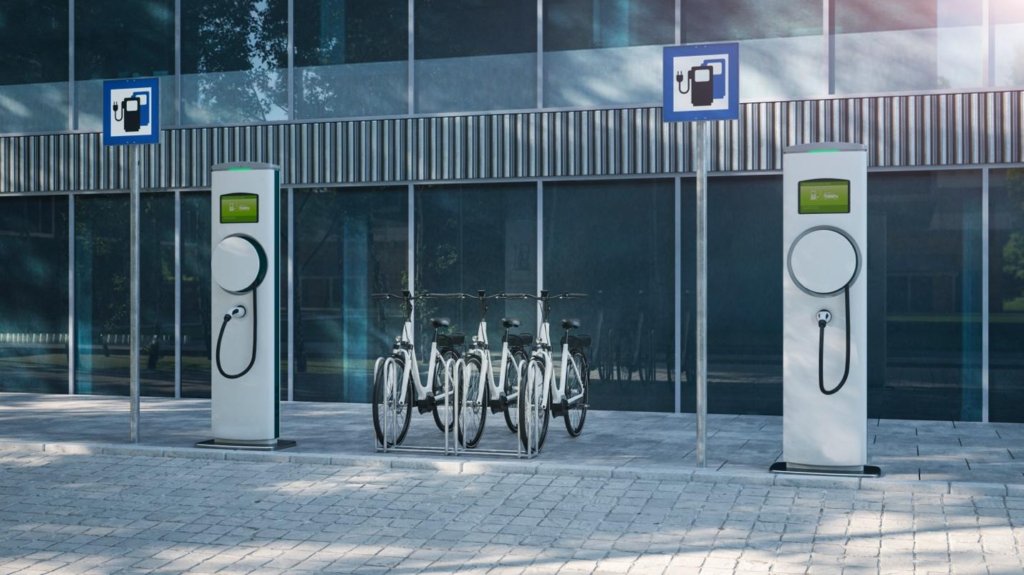As our awareness of environmental issues deepens, the need for sustainable practices
in the built environment has become more imperative than ever. The Adaptive Buildings
movement is at the forefront of this revolution, spearheading efforts to reduce the
environmental impact of buildings through the enhancement of energy efficiency. In this
blog post, we explore the significance of joining the Adaptive Buildings movement and
how this collective initiative is reshaping the future of construction for a greener, more
sustainable world.
1. Understanding the Adaptive Buildings Movement:
The Adaptive Buildings movement represents a paradigm shift in the way we approach the design, construction, and operation of buildings. It recognizes that the key to reducing the environmental impact lies in creating structures that can adapt intelligently to changing conditions, particularly in terms of energy consumption. It’s time to move beyond the first movers.
2. Energy Efficiency as a Cornerstone:
At the heart of the Adaptive Buildings movement is a commitment to significantly improve energy efficiency. We acknowledge that maintaining occupant health, safety and comfort are at the core of every space, but the energy consumed to deliver those outcomes needs to be effective. By leveraging advanced technologies, real-time data, and responsive systems, Adaptive Buildings aim to optimize energy consumption, reducing waste and environmental impact without compromising comfort or functionality.
3. Harnessing Smart Technologies:
One of the pillars of the Adaptive Buildings movement is the integration of smart technologies. From sophisticated sensors to Artificial Intelligence (AI)-driven systems, these technologies enable buildings to learn, adapt, and respond dynamically to their surroundings. This not only enhances energy efficiency but also sets the stage for a more sustainable and intelligent built environment.
4. Realizing the Environmental Benefits:
Joining the Adaptive Buildings movement means aligning with a cause that directly contributes to environmental conservation. The intelligent adaptation of building systems leads to reduced energy consumption, lower carbon footprints, and a decreased reliance on non-renewable resources. These collective efforts have the potential to make a substantial impact on global sustainability goals.

5. Transformative Building Design and Construction:
Adaptive Buildings challenge traditional norms in design and construction. The movement encourages architects, engineers, and builders to prioritize energy efficiency from the initial stages of a project. As electric vehicles continue to grow as a percentage of the automobile industry, buildings will need to adapt to the increasing demand from EV chargers, while providing enough power to the heating and cooling systems maintaining the indoor environment. Adaptive Buildings embody a commitment to sustainability at every level, for the life of the building.
6. Empowering Building Occupants:
Beyond the physical infrastructure, the Adaptive Buildings movement recognizes the importance of occupant behavior. Smart technologies can empower building users with real-time data, encouraging more conscious energy consumption habits. This synergy between technology and human behavior amplifies the overall impact of the movement.
“The greater the difficulty, the more the glory in surmounting it.” ― Epicurus, Greek philosopher.
7. Collaborative Engagement:
The Adaptive Buildings movement is not a solitary endeavor, nor does it happen without stamina. It involves collaboration between industry professionals, researchers, policymakers, and the general public. There are tons of headwinds and blockers to the movement, and it will be hard. The hardest things are the most rewarding. By actively participating in this collaborative movement, individuals and organizations contribute to a shared vision of a sustainable, energy-efficient future.
The Adaptive Buildings movement represents a pivotal moment in the evolution of sustainable construction and operations. By joining this movement, we embrace a future where buildings are not static structures but living entities that adapt intelligently to our changing needs. Together, through a commitment to energy efficiency and the adoption of smart technologies, we can build a greener, more sustainable world—one Adaptive Building at a time. It’s not just a movement; it’s a revolution in the way we think about, construct and operate the spaces we inhabit. Let’s come together and be the architects of a better, more sustainable future.

